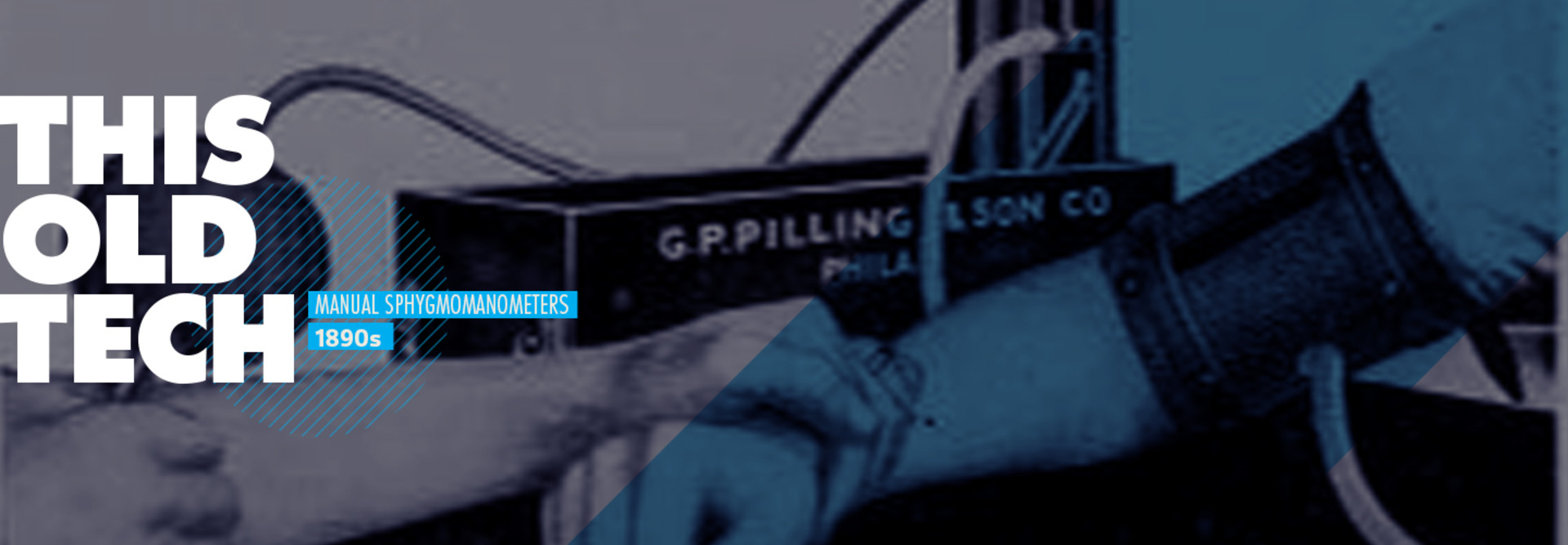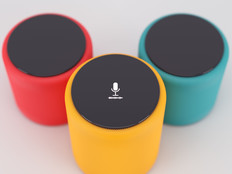What Is a Manual Sphygmomanometer?
Manual sphygmomanometers, which work by tightening a strap or cuff around a wearer’s forearm and slowly increasing pressure, are effective at measuring systolic pressure (aka, the pressure exerted against your artery walls when the heart is beating).
When combined with another basic building block of manual measurement, the stethoscope, they can also help to measure diastolic pressure — the pressure exerted between beats. Both numbers are used to determine a patient’s reading.
Two types of manual sphygmomanometers are common: the mercury sphygmomanometer, which measures blood pressure by tracking the height of a column of mercury and tends to be used for clinical trials and in testing high-risk patients; and the aneroid sphygmomanometer, which relies on a small pressure gauge. Both devices use either a rubber or silicone pump.
Due to its small size and relative ease of use, the aneroid model has become ubiquitous, and it’s the most common way to test a person’s vital signs, as well as to check for the potential of high blood pressure that can cause heart disease and stroke.
Who Invented the Manual Sphygmomanometer?
The invention of the device we know today as the blood pressure monitor came in stages, with many inventors responsible for the general ideas that brought us this basic building block of health.
Some of the earliest approaches were undertaken by Stephen Hales, an 18th century clergyman and philanthropist who took a deep interest in science — an interest that led him at one point to research “the real force of the blood in the arteries.” As part of his research, Hales conducted tests on “the sap in vegetables” as well as tests on horses and other animals.
According to a 1977 retrospective written by Jeremy Booth for Proceedings of the Royal Society of Medicine, it took centuries to figure out a repeatable way of testing blood pressure. Hales’s experiments helped set the stage for less invasive approaches.
In the 1850s, German physiologist Karl von Vierordt came up with the first sphygmograph: a weight-based system for testing blood pressure using a person’s radial artery. While complex, it was a major upgrade from the kymograph, an invasive predecessor to the sphygmograph developed less than a decade earlier.
The device was further improved by France’s Étienne-Jules Marey, who bettered its accuracy, if not its complexity.
But it is Samuel Siegfried Karl Ritter von Basch, an Austrian physician, whose device was the first to carry the sphygmomanometer name, and also the first to use an inflatable rubber bag — a key element of the modern sphygmomanometer. Von Basch’s design, however, differed greatly from what is used now, requiring the wrist to remain stationary.
It wasn’t until around the turn of the 20th century that cuffs were used to measure blood pressure. The Italian internist responsible for the evolution, Scipione Riva-Rocci, designed a mercury-based pump between 1896 and 1897, greatly simplifying an object that had evolved through many complex forms over a 50-year period.
The device found success in the United States and globally thanks to Harvey Cushing, a pioneering neurosurgeon who encountered both Riva-Rocci and his device on a trip to Italy, according to a 2001 article in the Archives of Pathology & Laboratory Medicine.
Later inventions pushed the blood pressure monitor’s design further. The use of Velcro made it easier to tighten the cuff, while the simple design of the aneroid dial turned the device into a familiar artifact of doctor’s visits the world over.
READ MORE: Find out why the hospital pager withstood the test of time.
Why Does the Manual Sphygmomanometer Still Matter Today?
Used in hospitals, urgent care facilities and primary care offices alike, the manual sphygmomanometer has remained a key part of modern medicine.
A likely reason? Nikolai Korotkov, a Russian surgeon who, in 1905, developed what came to be known as the auscultatory method for measuring blood pressure, combining Riva-Rocci’s manual sphygmomanometer with a stethoscope.
This technique made it easy to check a person’s systolic and diastolic blood pressure at the same time, and its popularity has long outlived its creator: A 1998 article in the journal Surgery referred to Korotkov as “an unknown surgeon with an immortal name.”
Yet his legacy endures.
Although it cannot track blood pressure continuously, like some more recent innovations that include wireless cuffs that sync with smartphones, the manual sphygmomanometer has maintained common use in the medical field.
And the time-tested analog measurement shouldn’t be overlooked, Mark Rock, an assistant professor of emergency medical education at Palomar College, wrote in the Journal of Emergency Medical Services in 2018:
“As we surrender more and more of our hands-on skills to the ease of automated technology, we risk more than the loss of the aptitudes that form the foundation of sound patient assessment — we place our patients in jeopardy of misdiagnoses and inadequate treatment.”











